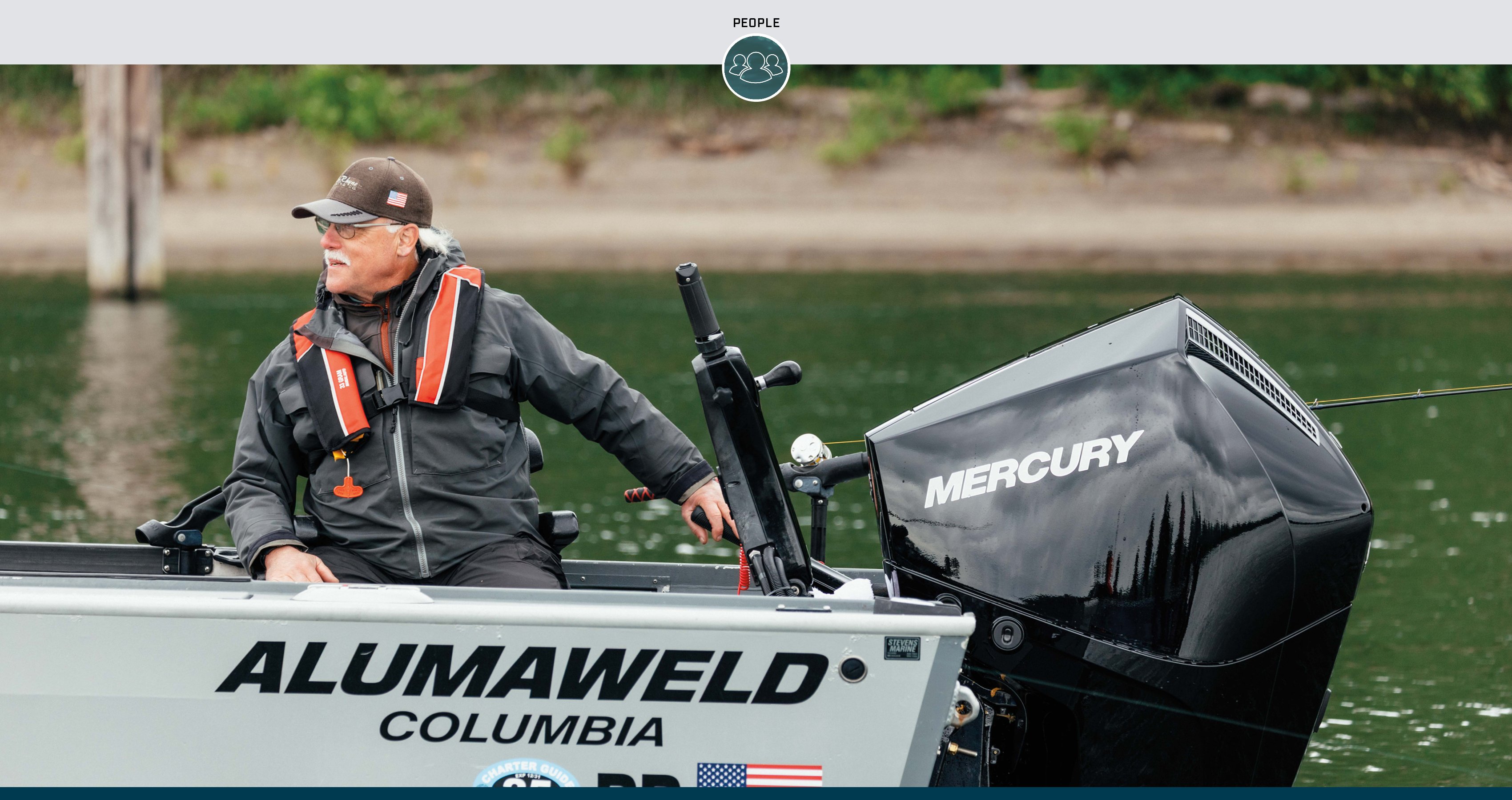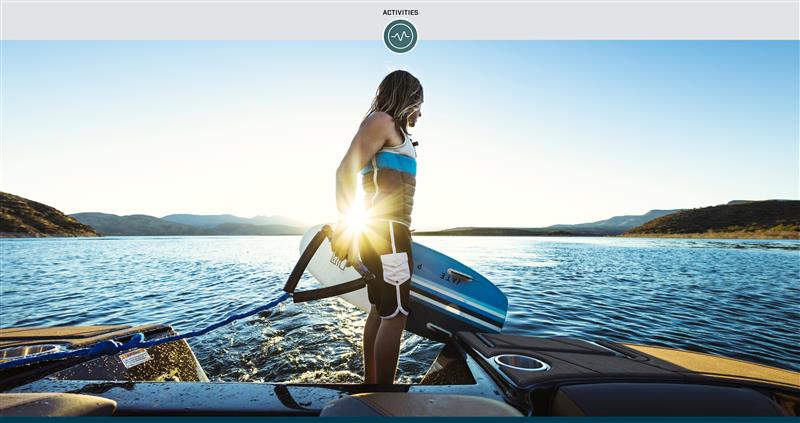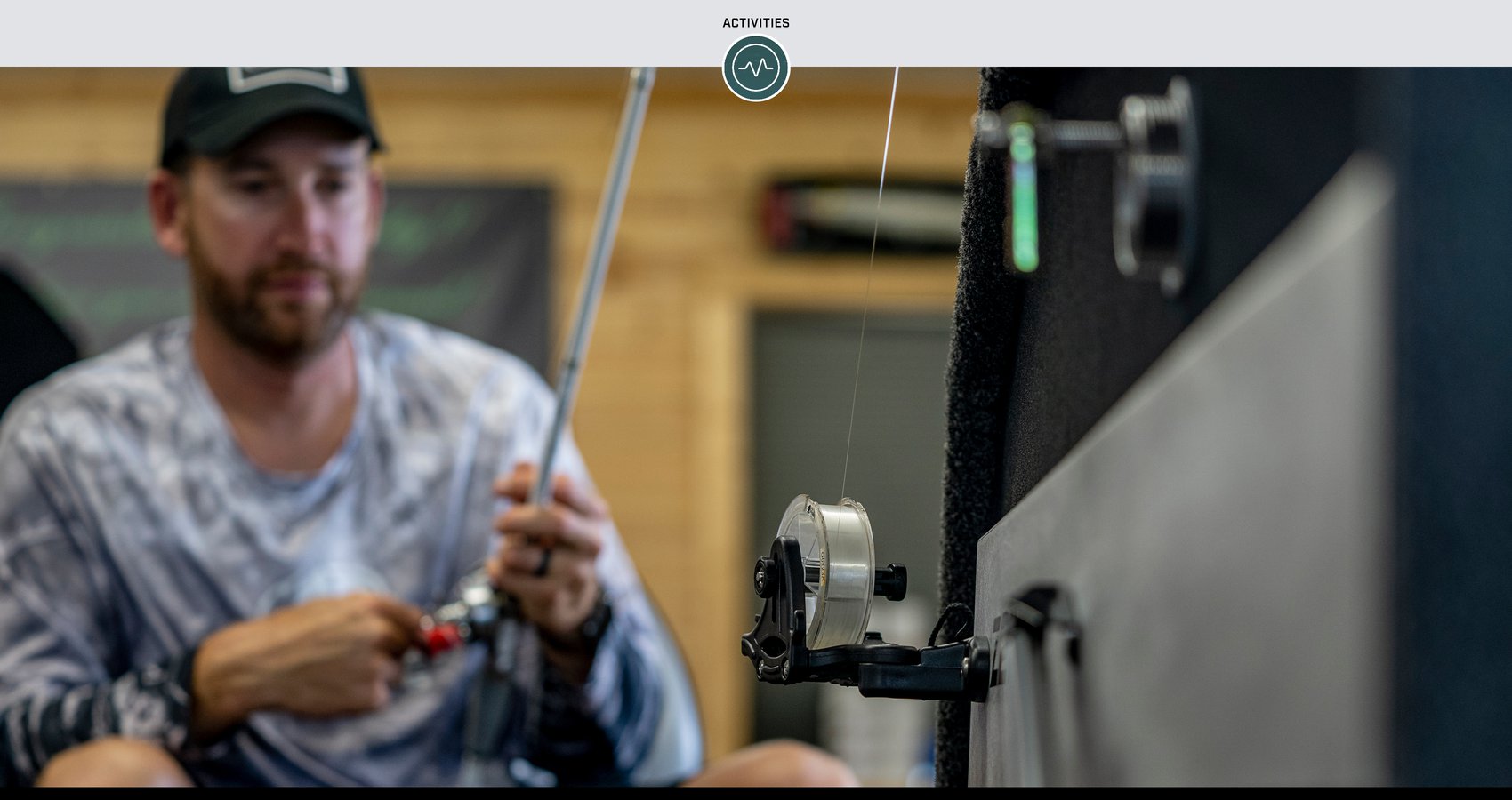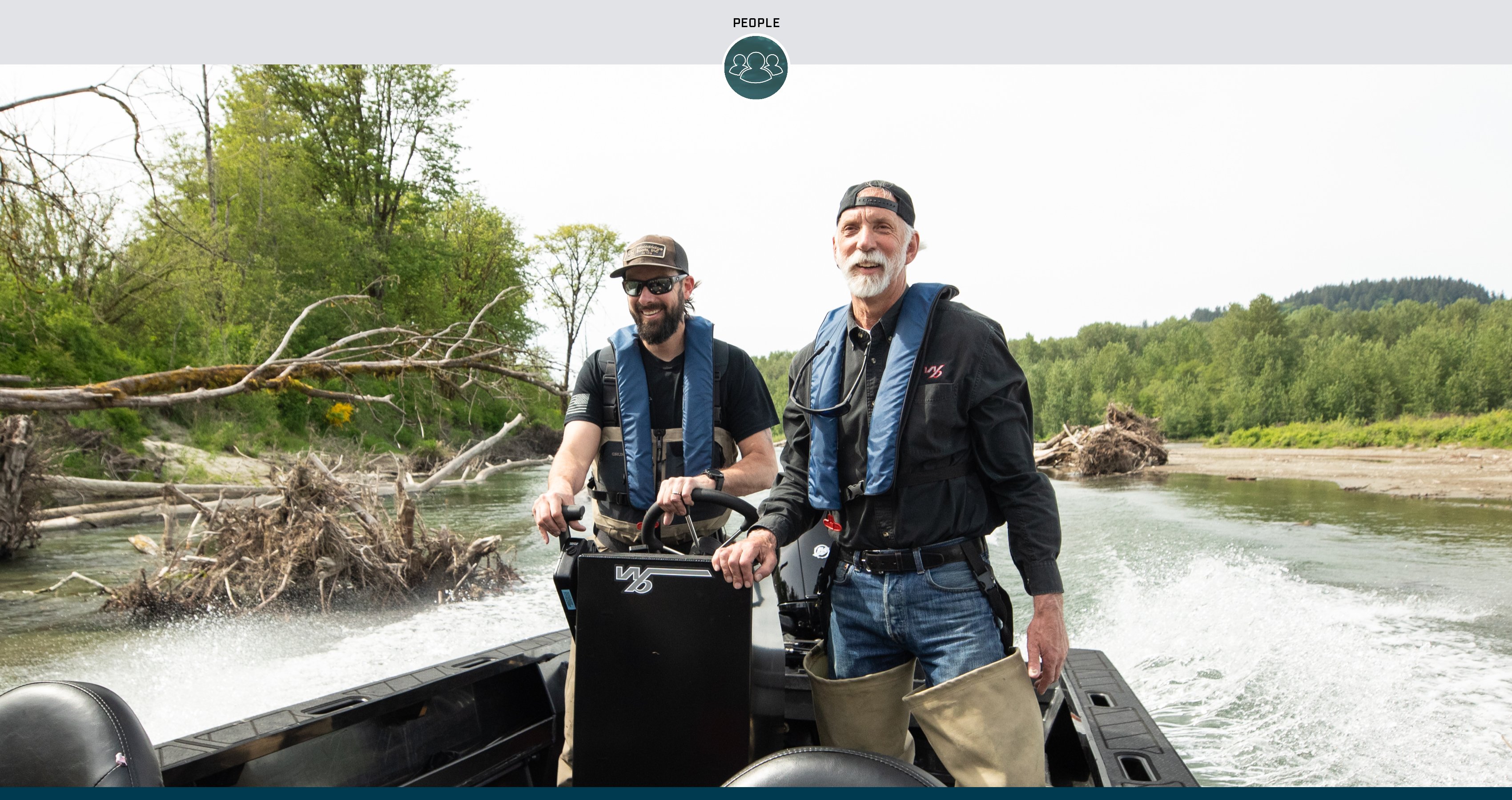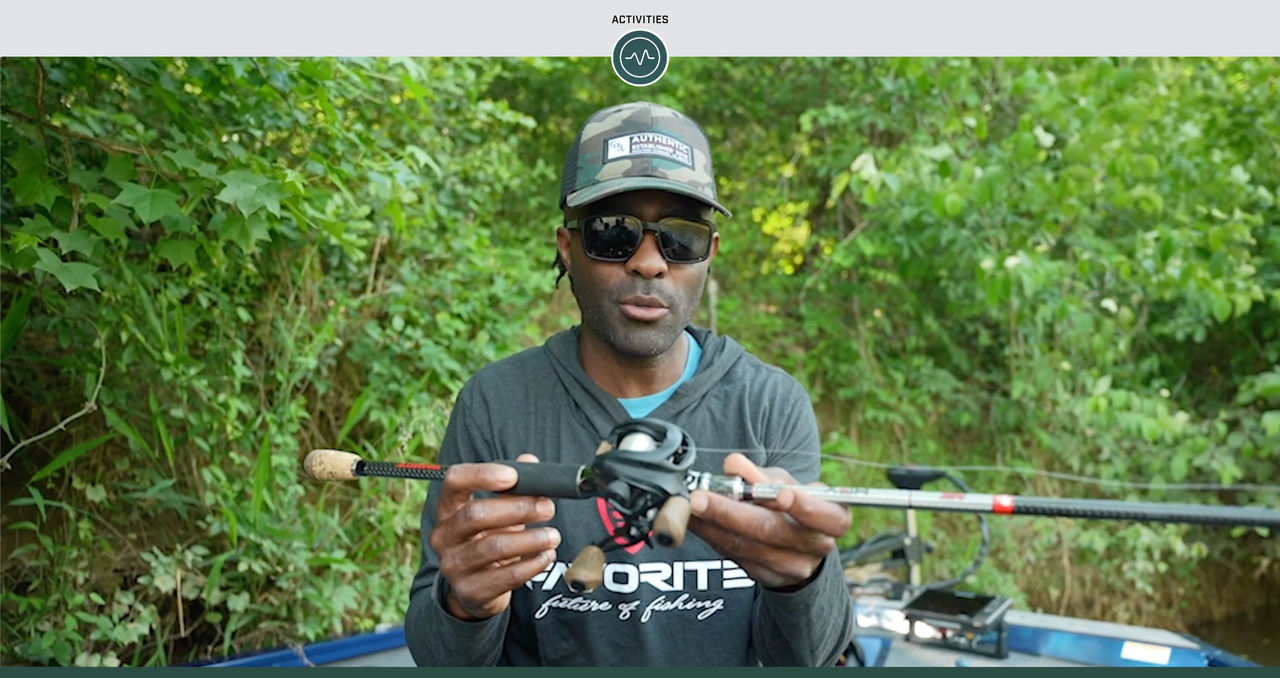Every bass angler should have spinning and baitcasting rods in their arsenal. Each has a purpose, a strength. It’s understanding the purposes, strengths and differences between the two types that can often make a huge difference in your success on the water.
Fortunately, professional bass angler Brian Latimer is here to help. The Mercury pro fishes for bass all over the country and knows how and when to utilize each rod type to maximize all the techniques he uses on different bodies of water.
When to Use Spinning Tackle
For bass fishing, spinning tackle is all about intricacy and finesse.
The reel and line guides on the rod are positioned on the bottom of the rod blank. Because the line flows freely off the reel spool, spinning tackle is ideal for casting light lures.
Latimer spools his spinning reels with braided line and then ties on a fluorocarbon leader. Most of his line ranges from 6- to 10-pound test. With such light line, a good drag is imperative, which is again where a spinning reel shines, as it allows fish to pull drag quite easily.
With such light presentations and an emphasis on feel, he’ll pair his spinning reels with 6-foot, 8-inch to 7-foot, 3-inch rods, opting for medium action as a good all-around option.
One final added bonus of spinning tackle is ease of use.
“It’s not beginner gear, but if you’re new to the sport, you may find spinning tackle easier to use to start,” Latimer says.
When to Use Baitcasting Tackle
Baitcasting tackle is all about power and efficiency. It’s also incredibly versatile for bass fishing tactics ranging from casting long distances to pitching, flipping, skipping or roll-casting tight to cover.
This style is geared toward throwing larger, heavier lures on fluorocarbon line in the 10- to 25-pound-test range and braided line up to 65- or even 80-pound test.
The added lure weight helps to pull line off the reel and gain casting distance. While baitcasting reels do have a drag, generally they’re designed to turn fish and get them to the boat on your schedule, rather than deftly finessing them in like with spinning tackle.
Latimer pairs his baitcasting reels with 7-foot to 7-foot, 10-inch rods, depending on the presentation, but a big thing to note with these reels is gear ratio (how much line is pulled in per turn of the handle). Latimer says something in the range of a 7.2:1 ratio is a great all-around option.
“Spinning gear is great in the beginning, but as you move up, you’re going to find a baitcaster is a lot more versatile,” Latimer added.
For more from Brian Latimer, follow him on Facebook, Instagram and YouTube.
